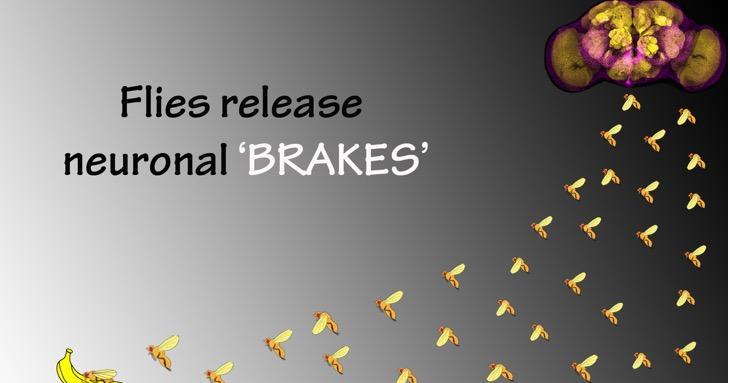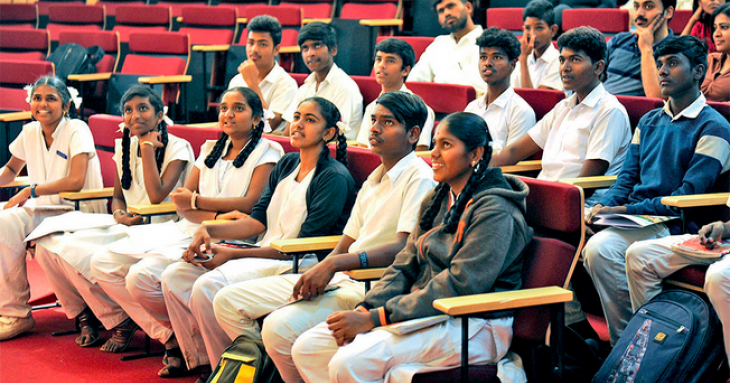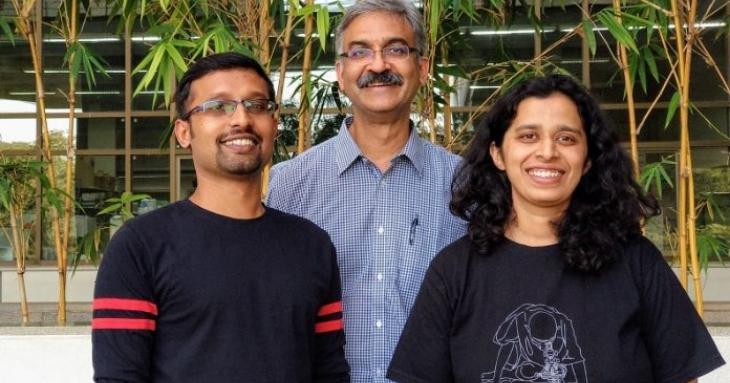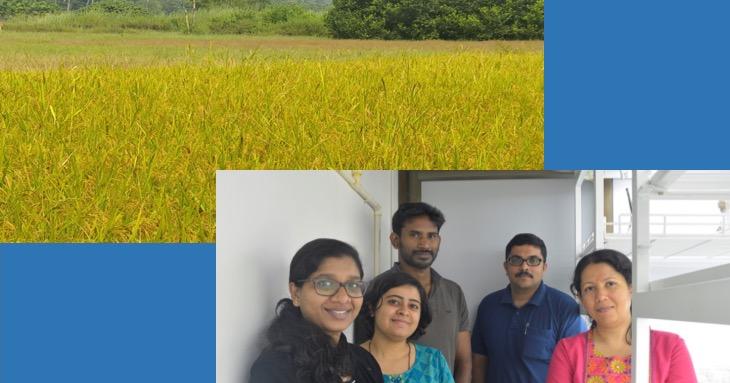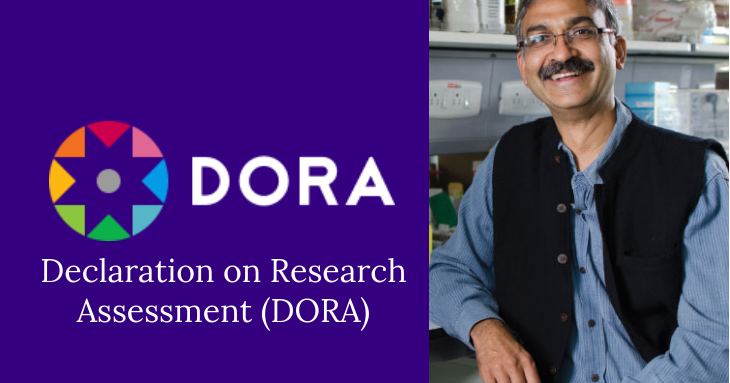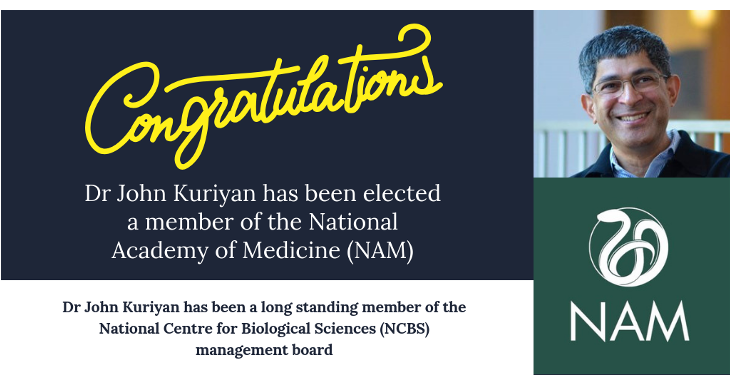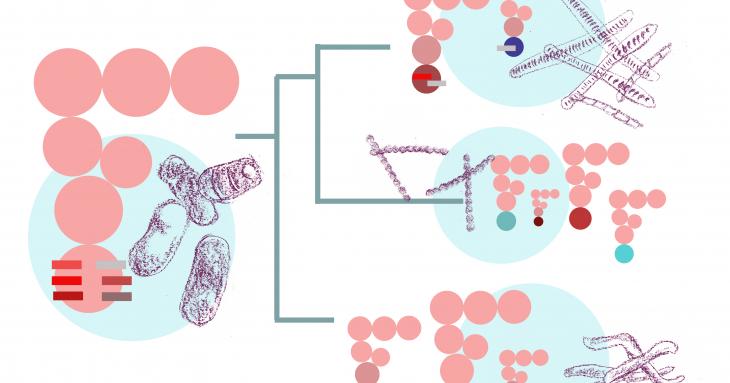-
Flies release neuronal brakes to fly longer
For insects, flying is a swift way of getting around to find food, identify a mate and escape unfavourable conditions. While muscles provide the power for flying, it is the brain that coordinates strategic planning. For a hungry fly, this could mean using its powerful olfaction to sense the presence of food such as a rotten banana and then navigating the distance to reach it, which may require flying for several minutes or even an hour or more. How does the insect brain coordinate the timing for such long flight bouts?
-
Now science can speak your lingo
On Saturday, the scientists and researchers at the ‘Traditio
On Saturday, the scientists and researchers at the ‘Traditio -
Balancing act at the edge of cells: Study
We are made up of trillions of cells and they use endocytosis to take up nutrients and growth factors. Endocytosis is a process by which a cell makes small vesicles or bags to take in nutrients from outside environment. In order to maintain its shape and size, a cell has to maintain the area of its plasma membrane.
-
NCBS team identifies a tiny molecule in rice that facilitated domestication from wild grass
The grains we eat, the flowers we cherish, fruits that we use as supplements, all came from plants that have been extensively modified from their original forms in a process called domestication. Domestication of plants and animals has been the subject of fascinating studies over the last many decades. Domestication encompasses a broad spectrum of evolutionary changes called as “domestication syndrome” that distinguish most crops from their progenitors. These changes may increase fitness of these plants under ideal man-made conditions, but likely decrease their fitness in the wild. Comp
-
Prof Mayor signs on as advisory member of DORA
We are pleased to announce that Prof. Satyajit Mayor has signed on as an advisory member of the Declaration on Research Assessment (DORA). DORA recognizes the need to improve the ways in which the outputs of scholarly research are evaluated. It is a global initiative encompassing all scholarly disciplines and the key stakeholders include funders, publishers, professional societies, institutions, and researchers.
-
Dr John Kuriyan elected to the National Academy of Medicine
We are proud to announce the election of Dr John Kuriyan (University of California, Berkeley, USA) to the prestigious National Academy of Medicine. The National Academy of Medicine is an independent organization of eminent professionals from diverse fields including health and medicine; the natural, social, and behavioural sciences; and beyond.
-
Surfing on calcium waves: A larva's journey to becoming a fly
Eric Carl, in his much-loved children's book, "The Very Hungry Caterpillar", takes us through the transformation of a gluttony caterpillar into a beautiful butterfly. For a scientist, however, this book is a Pandora's box of questions. How does the caterpillar know when to stop eating? Had he not eaten so much, would he have ever moved on into the cocoon?
-
Flying To The Tune Of A Neuropeptide Receptor: “Exciting” Insights From Fruit Flies
For a fruit fly, flying is just about everything. It is the most important innate behavior that helps the fly reach out to food sources and mates, escape predators, and find secure sites to lay eggs. But what gives the fruit fly its ability to fly relentlessly and reach out to your fruit bowl? A recent study from the lab of Prof.
-
Lost in translation: understanding the loss of bacterial tRNA modifications over time
Translation, the process by which information from messenger RNA (mRNA) is decoded to build proteins, is a central process to all of life. The nuts and bolts of the translation machinery are among the first concepts biology students learn. Yet, what is not apparent to many is that the components of translation can be diverse across species.
-
Experiments in rats show some bad memories can be forgotten
It is believed that exaggerated response to bad memories is similar for all negative memories. A team of Indian scientists, namely, Mohammed Mostafizur Rahman, Ashutosh Shukla and Sumantra Chattarji from the National Centre for Biological Sciences (NCBS) and Institute for Stem Cell Biology and Regenerative Medicine (inSTEM) have shown that exaggerated response and difficulty to get rid of bad memories could depend on whether the bad memory was formed before or after a stressful event.


